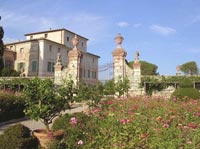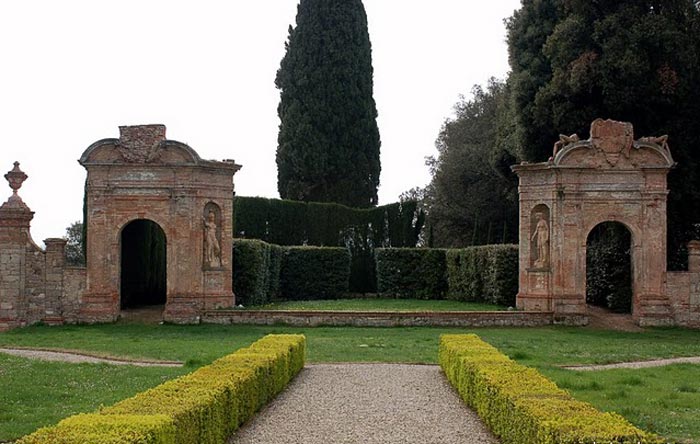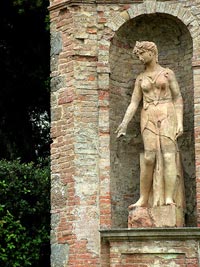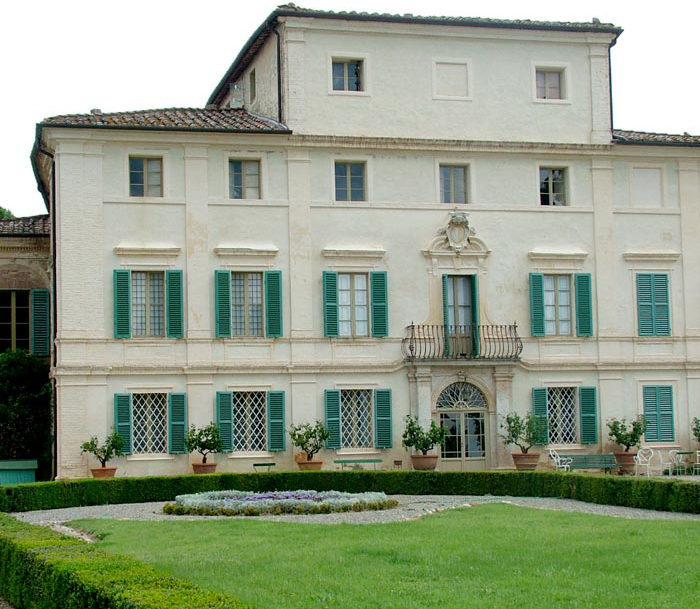 |
|
Villa di Geggiano |
|
Villa di Geggiano |
| Near Castelnuovo Berardenga, on the top of a hill covered in vineyards, stands Villa di Geggiano, belonging as of 1527 to the Bianchi Bandinelli family. Villa di Geggiano was originally a rural construction which most likely dated back to the beginning of the 14th century. After being given to the Bianchi Bandinelli family (that has among his ancestors the Pope Alexander the 3rd), as the dowry of Girolama Santi when she married Girolamo Bandinelli in 1527, it was enlarged by adding a few rooms in keeping with the rebirth of spending summer vacations at a place in the country. Its appearance today is the result of radical rebuilding carried out during the marriage of Anton Domenico Bianchi Bandinelli with Cecilia Chigi Zondadari, which took place in 1768. The exceptional condition of the dwelling - the villa and the gardens -, including the perfectly kept, original 18th century treasure of furniture and decorations, is due not only to the stories of the various families that owned it in the past but also to the effort of the famous archeologist and art historian Ranuccio Bianchi Bandinelli (1900 - 1975), who made it his main residence and wrote about his love for the place and its preservation in order to share these things with his descendants, who today live and work there, a very special place indeed. In the year 2000 a major restoration project was started on both the villa and the gardens. |
| The rectangular villa spreads over three floors, with a central tower that adds an extra floor to the building. There are two blocks to the sides of the building: the one to the right contains the Madonna of the Rosary family chapel. In addition to the Green Theater (Open Air Theatre), the villa has a very nice entrance room, which was painted in 1790 by Ignazio Moder, portraying the twelve months of the year, and a few rooms where one finds the original furniture in 'veneziano rustico' style and original French wall paper (Papiers Peintes) and fabrics (Toile de Jouy). Ignazio Moder was a travelling Tyrolean painter.
|
|
|
Park and Garden |
||
The Villa di Geggiano and its gardens have been declared a Monumento Nazionale and constitute a phenomenon which is unique both historically and in terms of landscape gardening: its organic conservation of furniture and decorations take the visitor back to the atmosphere of an elegant 18th century vacation house. In the gardens, which are decorated with groups of century-old cypress trees, a parterre of boxtrees and hundreds of potted lemon trees, one finds the quaint Teatro di Verzura with two, late-baroque prosceniums in brickwork, decorated by the Maltese sculptor Bosio. Through one of the several, intermittent, monumental gates in the surrounding walls, one arrives at the Pomario, a mixture of flowerbeds and vegetable garden decorated with topiaries and a terrace fish pond from where one has a magnificent view over the neqrby city of Siena. It was in the Teatro di Verzura that Vittorio Alfieri staged a tragedy of his during one of his many stays at Geggiano, as a guest of Mario Bianchi Bandinelli, with whom he was very close friends.
|
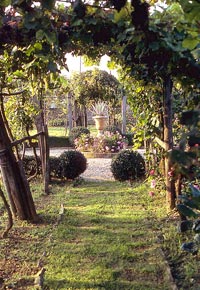 |
|
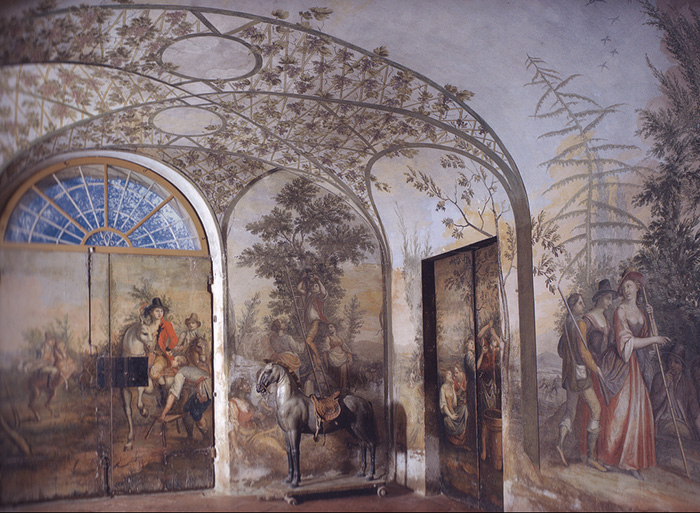 |
||
Paintings inside Villa Geggiano. Theinterior of the villa is preserved with original frescoes, textiles, floorsand furniture
|
||
| Musica Reale is a recently started initiative to bring together members of the Royal Concertgebouw Orchestra, in a variety of formations, for the performance of chamber music in all its aspects. All instruments being available in the orchestra, the choice of programming is enormous. www.musica-reale.com |
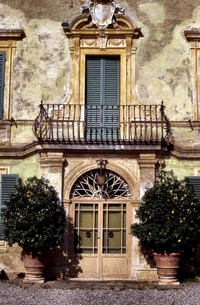 |
|
| Villa Geggiano or Villa Bianchi Bandinelli, dates back to the 13th century, was renovated between 1780 and 1790. It forms, together with the surrounding garden, a very unusual complex, both from the historical and the landscaping point of view. | ||||
|
||||
` |
||||
Around 1768, in the occasion of the wedding of Anton Domenico Bianchi Bandinelli with Cecilia Chigi, Malavolti widow, the building was completely transformed in a grand villa with a garden surrounded by a wall and with a greenery theatre. Vittorio Alfieri, who stayed for short periods at the villa, acted some of his tragedies just in the greenery theatre. In its splendour times the villa has been frequented by Montale, Saba, Guttuso and Stendhal. Recently the villa gave hospitality to the set of the movie Stealing beauty. Bernardo Bertolucci's Io ballo da sola (I dance alone) was filmed in the villa. |
||||
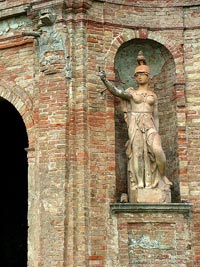 |
The proscenium of 18th century greenery theatre comprises two twin arches, crowned by triumphal frontons bearing the courts of arms of the Bianchi Bandinelli and Chigi Zondadari families. The arches are decorated with niches containing statues of Tragedy and Comedy. | |||
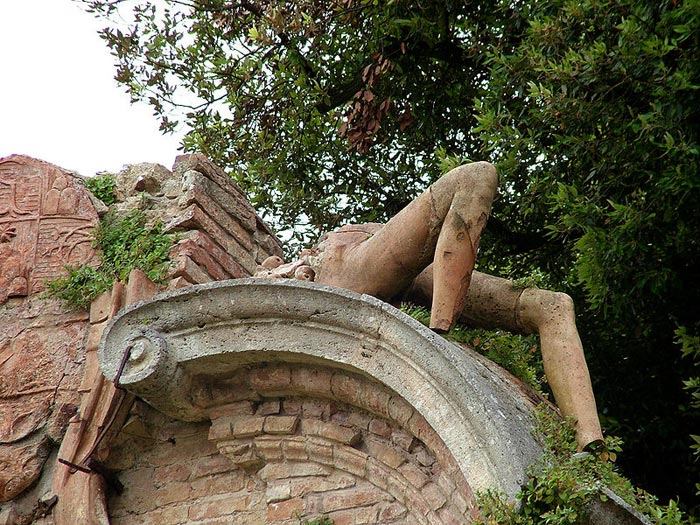 |
||||
|
Film
|
||||
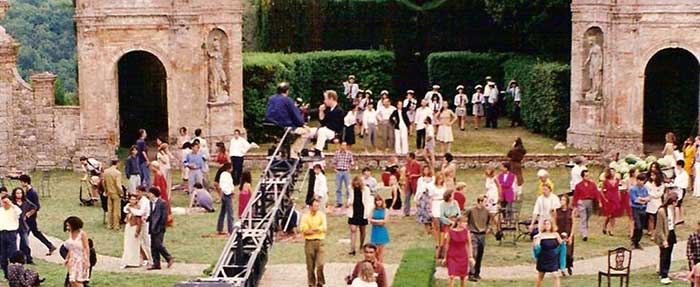 |
||||
| The filming of Bertolucci's Stealing Beauty [1]
|
||||
In Stealing Beauty, a film by the great director Bernardo Bertolucci, a young 19 year old girl, played by Liv Tyler travels to the Tuscan countryside to find her true father. The film focuses on an American teenage girl who travels to a lush Italian villa to stay with family friends of her poet mother who recently committed suicide. The film was actress Liv Tyler’s first lead role, which garnered her critical attention, and because of this, is often seen as a starting point for her film career. Movies set in Tuscany | Stealing Beauty (Io ballo da sola) (Bernardo Bertolucci, 1996)
|
||||
Villa di Geggiano is a member of the Grandi Giardini Italiani, an association of major gardens in Italy. Its members include some of the most important gardens in Italy.
|
||||
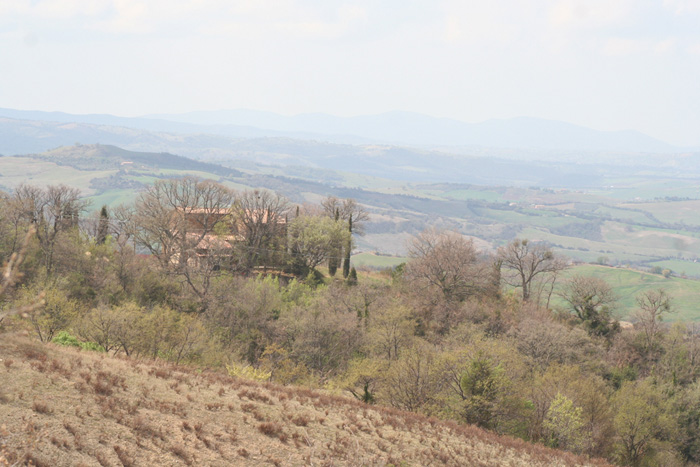 |
||||
Podere Santa Pia where you toast the beauty and bounty of the Maremma overlooking the shimmering Tyrrhenian.
|
||||
|
Located on the outskirts of Castiglioncello Bandini, in a hilly and unspoilt land, Podere Santa Pia is one of the best places to slow traveling in Tuscany. This formal cloister offers a slow traveler's guide to Italy and the Italian way of life, designed to inspire and entice people to travel deeper instead of wider,to explore the, beautiful nature reserves and nearby unspoilt beautiful beaches,
|
||||
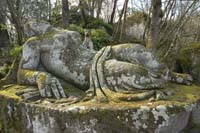 |
||||
Podere Santa Pia |
Podere Santa Pia, view from the garden on the valley below |
Il parco dei Mostri di Bomarzo |
||

